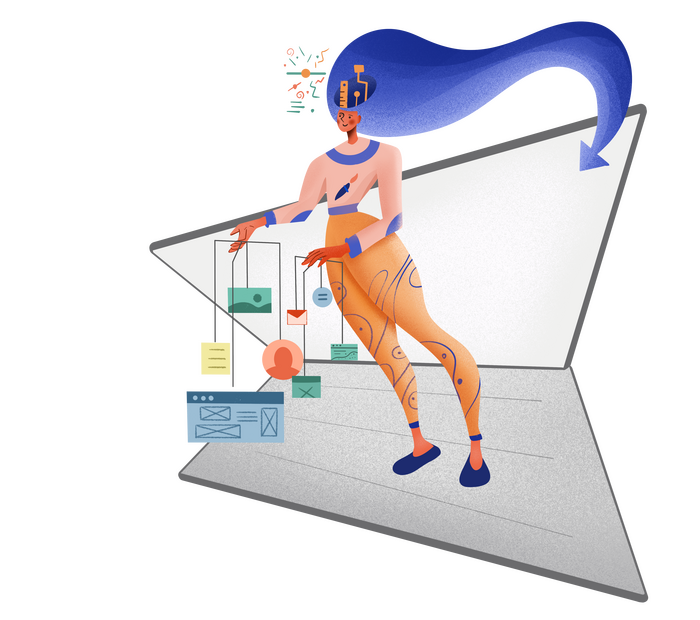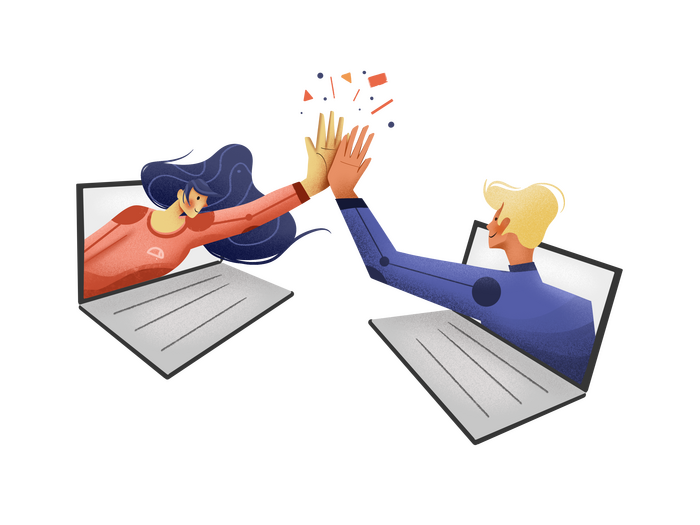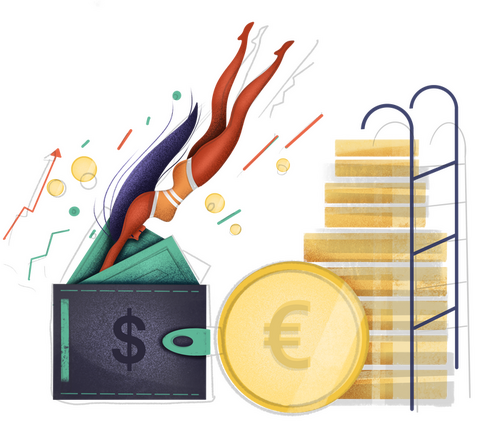(This piece is a continuation from another recent post, The Best Conversion Tactics for Shopify. If you haven’t read that yet, check it out here!)
Having a good conversion rate is perhaps one of the most important factors when measuring the success of your Shopify store.
Conversion happens when a customer comes to your site and makes their way through the entire process of whatever you want them to do.
For example, if your goal is to make sales, you want to convert casual browsers into paying customers. If 100 people come to your site and 10 of them buy something, you have a conversion rate of 10%.
Whether they are buying a product, renting a service, downloading an e-book, or anything else, having a customer get to the end-point is the ultimate goal. Getting them there can be something of a science, but there’s no magical formula that’s going to guarantee success. (Sorry to burst your bubble!)
Developing a phenomenal user experience (UX) will get you part of the way.
As we discussed in last week’s post about Shopify CRO tactics, the best way to figure out which design changes work and which don’t is through Shopify A/B testing. It might sound complicated at first, but stay with us. There are plenty of tools--such as Google Optimize, Optimizely, and VWO--that will simplify the process. If you’re still overwhelmed, we can help take the pressure off!
According to Entrepreneur, better UX design from A/B testing can increase a company’s conversion rate by 400%. Now that’s a goal!
Understanding A/B Testing
Don’t fret; it’s not complicated!
A/B testing, or split testing, is a method of comparing two versions of the same webpage. Your current page will be the control, and your second page will be the variant that is shown to users at random. Essentially, you’re experimenting with your website to find out which one performs better in achieving your conversion goal.

Using this method to compare the two pages gives you straightforward answers based on quantitative evidence. It’ll show you very clearly what is or isn’t working. A/B testing takes the guesswork out of optimizing your website and empowers you to make informed decisions based on fact.
- 77% of companies perform A/B tests on their website
- 1 in 8 A/B tests have driven “significant change” for an organization
These statistics from Invesp speak for themselves.
How to Start With Shopify A/B Testing
You may be asking yourself, “Do I need to A/B test my Shopify store?”
In case it isn’t clear yet, the answer is, “Yes!”
How can you start?
We’ve mentioned Google Optimize, Optimizely, and VWO, butShopify also has its own app store with some great A/B testing apps too. Each comes with various tutorials and tips on usage.
Regardless of which A/B testing service you choose for your Shopify store, just sign up and get started! As with most things, “analysis paralysis” can stop you before you even begin. Pick one and dive in.

However, before you run off on your split testing adventures, it’s important to decide:
- what exactly you want to test first (the variable)
- which conversion goal you’re after
- how you’re going to measure success
You should be expecting a result based on research. The insights you gain will guide you in making significant changes to your online store.
We’ll use a basic example to illustrate:
Let’s say your goal is to increase sales in your Shopify store. More specifically, you’d like to increase sales of a specific lipstick that offers high profit margins. You would consider a sales boost of 10% to be “successful.” To accomplish that, you decide to split test two different landing pages dedicated to that lipstick, each with a different hero image.
In this case:
- the variable is the hero image
- the conversion goal is lipstick sales
- the metric of success is a 10% increase--meaning that Landing Page A would have to deliver 10% more sales than Landing Page B in order for Page A to be considered the more successful “winner.”

The Process of Shopify A/B Testing
There’s one minor caveat to split testing your Shopify store: if you’re not getting a lot of traffic, A/B testing may not be the right tactic for you yet.
For the data you collect to be meaningful, the sample size of your population needs to be significant. Too little traffic (and thus, too small a sample size) could yield inaccurate data that leads you to make incorrect changes.
However, if you do have significant traffic to your store, here’s how the A/B testing process generally works:
Collect Data
Your first step will be collecting data to find out where you can start making optimizations. The software you choose should help guide you through this process.
Identify A/B Test Goals & Variables
Have a goal in mind before you begin. What is it you want to improve? Sales? Engagement? Newsletter signups?
Once you decide on a goal, choose the variables you wish to test. All you want to do is find a variant that is more successful than your current iteration. Changing images, CTAs, copy, buttons, or anything else could be part of that goal.
Create A/B Tests
After you’ve decided on the goal and the variable you can begin testing, with clear ideas as to why your variants might be better than your control page.
Test
The testing will take some time. The software you’re using will randomly assign either the control or the variant to each user. The interaction is then measured, counted, and compared to see how each one works.
Analyze
Finally, take a look at your A/B test results once a significant amount of time has passed. How long that is exactly will depend on your traffic; check your software for guidelines. The software should be able to help you determine which results are statistically significant and which are not.

Remember, not all things that you see in your results should be defined as written-in-stone-fact. At the end of the day you’re still working with averages, so remember to account for margins of error, confidence, time of year, and much, much more!
After you’ve achieved “statistically significant” results, you can go forth and make more permanent changes to your site—and hopefully, continue to see more conversions and in turn, more success. YEAH!

















